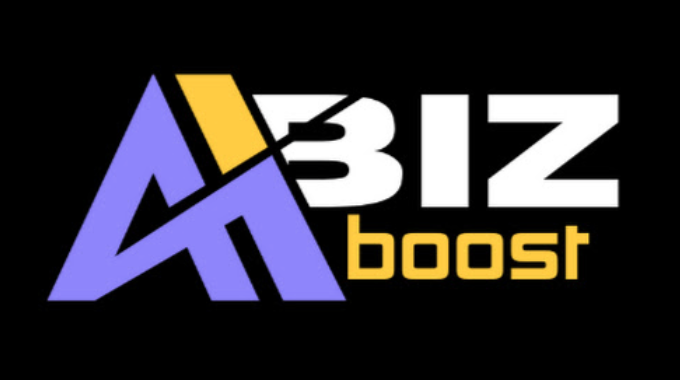
How to Build a Website: Your Online Passive Income Business Foundation
Diving into the world of online business without a website is like sailing without a compass; you’ll soon find yourself lost in the vast sea of competition websites.
To build a website that serves as a sturdy foundation for your passive income, you’ll need to navigate through selecting a profitable niche, crafting SEO-optimized content, and ensuring your site is mobile-friendly. These steps are crucial in attracting and retaining your audience, thereby increasing your chances of success.
However, the journey of creating websites really doesn’t end there. To discover how these elements interconnect and why they’re pivotal for your online business, stay tuned as we explore the intricacies of creating a top website for free, that not only ranks but also converts.
Key Takeaways
- Select a profitable niche to attract a sizable audience and generate passive income.
- Implement SEO and automated email marketing to enhance visibility and lead generation.
- Diversify income sources through affiliate marketing, online courses, sell products or sell services.
- Continuously optimize website performance and content to ensure long-term growth and stability.

Creating Your Niche Business Brand
Defining your niche business brand is a critical step in carving out a distinct space in a crowded market, ensuring you connect effectively with your target audience. As you embark on this journey towards establishing an online business geared for passive income, the creation of a unique brand identity can’t be overlooked. It’s this identity that will distinguish you amidst the sea of competitors and pave the way for attracting loyal customers.
In the realm of website creation, every element, from design to marketing materials, must resonate with your brand’s ethos. Consistent branding across all platforms reinforces your message and builds trust with your target audience. This uniformity is crucial, as it fosters recognition and a sense of familiarity. Whether it’s the color scheme of your website or the tone of your social media posts, consistency is key to making your brand memorable.
Moreover, innovative web design not only captivates but also enhances user experience, encouraging visitors to delve deeper into what you offer. Remember, a well-crafted website and logo serves as the cornerstone of your online business, facilitating passive income streams through various online avenues. By prioritizing brand identity and consistent branding, you set the stage for sustained success and customer loyalty in your niche market.

Website Builder: Choosing a Domain Name
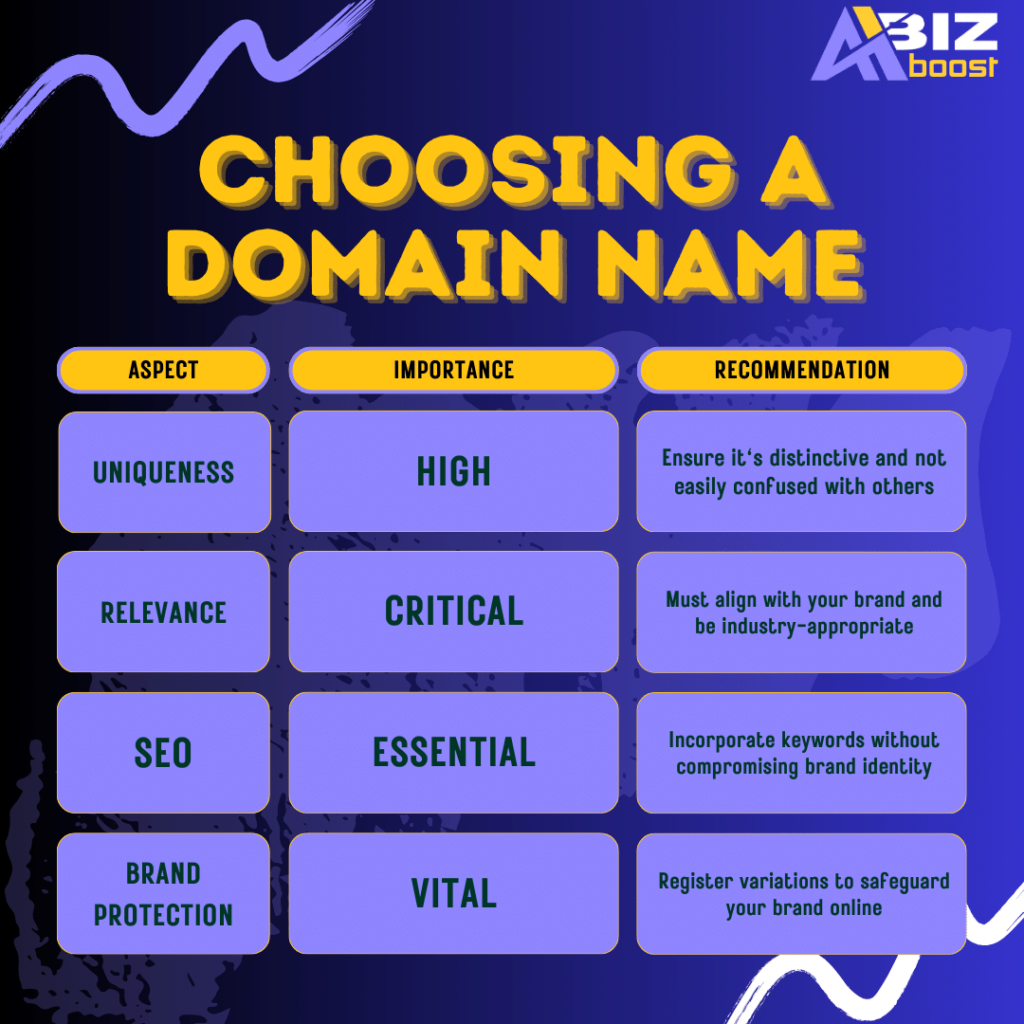
Selecting the right domain name is crucial for establishing your online presence and ensuring your website effectively reaches your target audience. It’s not just a URL; it’s a significant part of your brand identity. Your domain name must be unique, relevant, and resonate with your niche. It should be easy to remember, reflecting your brand’s essence without any confusion. Avoid using trademarked terms, hyphens, or numbers to maintain clarity and enhance your SEO efforts.

Website Builder: Selecting a Hosting Service
Choosing the right hosting service is critical for ensuring your website’s performance and reliability, impacting your online success directly. When you’re on the hunt for the perfect hosting service, your focus should be on finding a blend of server reliability, top-notch customer support, and competitive pricing. These elements are non-negotiable for maintaining an efficient, secure, professional and scalable online presence.
Consider these factors:

- Security Features: Look for hosting services that offer SSL certificates and regular backups. These security measures protect your site and data, giving both you and your visitors peace of mind.
- Scalability Options: As your site grows, you’ll need more resources. Ensure your hosting service offers scalability options so you can upgrade easily without any hiccups.
- User-Friendly Control Panels and One-Click Installation: Don’t waste time on complex setups. Opt for a host service with user-friendly control panels and one-click installation features for popular web applications.
Selecting a hosting service isn’t just about finding a free place to host and publish your website. It’s about securing a partner that supports your site’s growth, ensures its security, and offers the tools and services you need for a free and smooth operation.

Website Builder: Planning Your Website Structure
After settling on a reliable hosting service, it’s crucial to organize your website’s structure to ensure visitors can easily navigate and find what they’re looking for. Planning your website structure is not just about aesthetics; it’s about creating a seamless user experience and enhancing your SEO optimization efforts. Start by drafting wireframes and sitemaps. These tools will help you visualize the website hierarchy and content organization, laying the groundwork for a strategic navigation system that guides the user journey.
Here’s a brief overview of key steps in planning to start building your website structure:
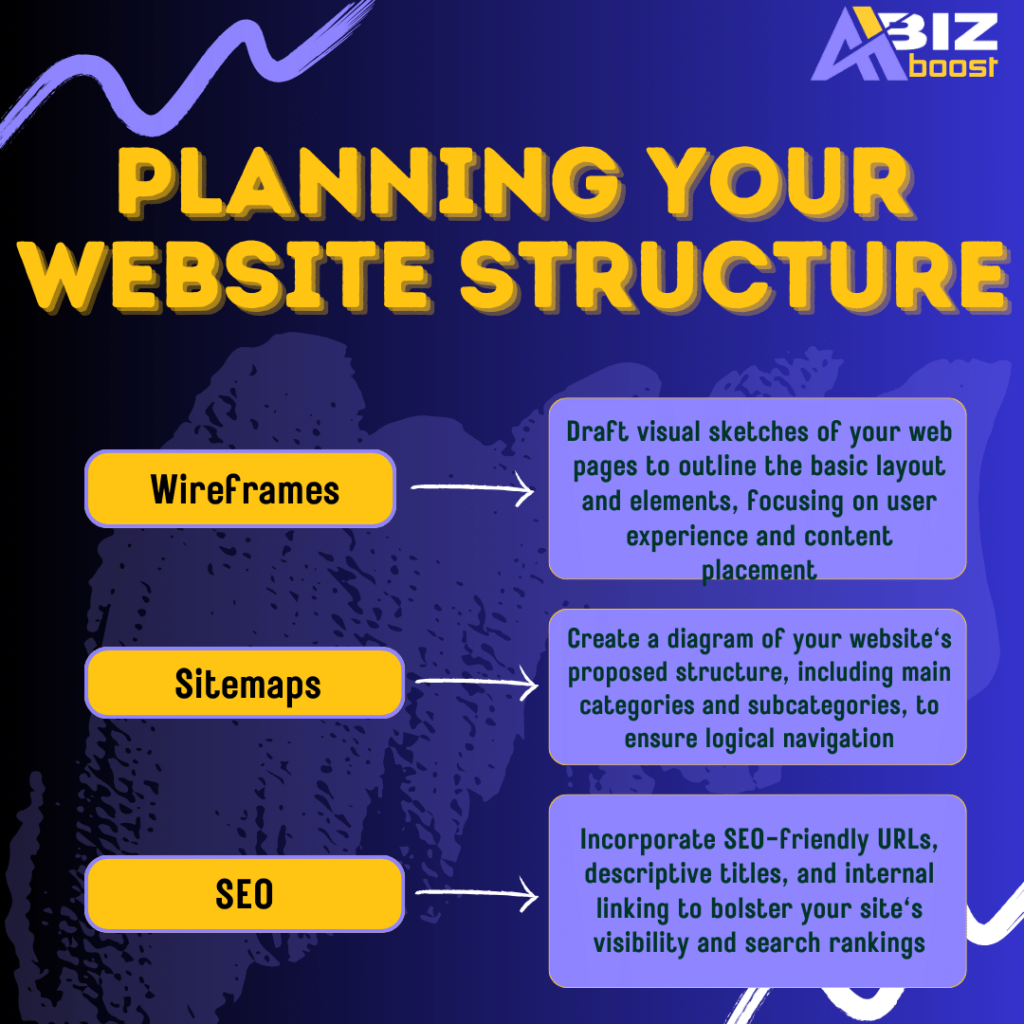
Website Builder: Design Basics
Diving into the basics of website design, you’ll learn how layout, color schemes, typography, and visual hierarchy significantly influence user experience and search engine rankings. Mastering these elements isn’t just about creating a visually appealing site; it’s about constructing a platform that’s intuitive, accessible, and optimized for both users and search engines.

To create imagery in your mind, consider these three critical components:
- Responsive Design: It ensures your site looks and functions flawlessly across all devices. This adaptability boosts user engagement and contributes to higher SEO rankings.
- User Experience Design: This aspect focuses on making your website easy and enjoyable to navigate. Factors like intuitive navigation and engaging content play a pivotal role in retaining visitors and converting them into loyal customers.
- Accessibility Considerations: Designing with accessibility in mind opens your website to a broader audience, including those with disabilities. Implementing features like keyboard navigation and screen reader compatibility not only enhances user inclusivity but also aligns with SEO principles by making your content more discoverable.

Website Builder: Setting Up WordPress
Setting up WordPress, you’ll unlock more freedom and the potential to craft a dynamic and SEO-friendly website without the need for extensive coding knowledge. With WordPress, the journey to creating a professional website is streamlined, thanks to its beginner-friendly nature. You’ll be navigating a user-friendly interface, enriched by extensive documentation that guides you every step of the way.
Diving into WordPress, themes and plugins become your tools for customization, allowing you to tailor and customize every aspect of your site to meet your vision. Whether you’re aiming for a minimalist blog or a full-fledged e-commerce platform builder, the vast library of free themes ensures there’s something that fits your needs. Meanwhile, plugins extend functionality, covering everything from SEO enhancements to social media integration.
But it’s not just about looks; WordPress’s SEO-friendly structure plays a crucial role in your site’s visibility. Without needing advanced coding skills, you can optimize your content to rank higher in search engine results, ensuring your passive income online and small business’ foundation reaches its intended audience.
Embrace WordPress for its blend of simplicity and power, setting the stage for your innovative, professional website.

Create A Website: Selecting A Website Builder
When selecting a website builder, it’s crucial to consider factors such as ease of use, customization options, templates, and pricing to ensure the platform meets your specific needs. The digital landscape offers a plethora of choices, but not all website builders are created equal. Your goal is to find a balance between functionality, aesthetic appeal, and budget.
Here are three key considerations to guide your selection:

- Ease of Use: Platforms like Wix website builder and Weebly shine with their drag-and-drop interfaces, making them ideal for beginners. You want a builder that allows you to bring your vision to life without needing to learn coding.
- Customization Options and Templates: Squarespace and WordPress boast an impressive range of templates and customization options. This flexibility ensures that your website stands out and aligns with your brand identity.
- Pricing and Scalability: While exploring free website builder options can be tempting, consider the long-term. Platforms like Shopify, although more costly, provide robust e-commerce solutions that can grow with your business.
Selecting the right website builder is a foundational step to start building your online business. By focusing on these areas, you’ll set the stage for a full website that not only looks great but also performs well, driving your passive income goals forward.

Website Builder: Choosing A Template Layout
After selecting the right website builder, it’s crucial to focus on choosing a template layout that aligns with your brand and meets your site’s functional needs. In the rapidly evolving digital landscape, your choice of the best website builder and website templates can significantly impact your online presence. Opting for a template that offers responsive design ensures your site is accessible on various devices, enhancing user experience and potentially boosting your site’s SEO ranking.
When evaluating layout options for pages, explore navigation options that provide a seamless journey for your visitors. A layout with intuitive navigation enhances the aesthetic appeal of your site and supports user engagement. It’s also vital to select a template that reflects your brand identity, ensuring a consistent experience that resonates with your audience.
Moreover, aligning the template with your website goals can streamline the process of achieving your objectives, whether it’s lead generation, sales, or content dissemination. Choosing a beginner-friendly, customizable template can be a time-saving decision, allowing you to focus on content creation and strategy implementation.

Website Builder: Customizing Your Template
Customizing your own website template is a critical step in aligning your online presence with your personal brand identity, offering an opportunity to stand out in a crowded digital marketplace. As you venture into this creative process, it’s essential to focus on how your website’s visual appeal and functionality can enhance your online business.
Utilizing website builders with drag and drop capabilities allows you to effortlessly and easily customize your own website templates too, ensuring a seamless user experience across all devices.
To create a vivid picture in your mind, consider these three pivotal elements:
- Responsive Design: Ensure your websites automatically adjust for optimal viewing on desktops, tablets, and mobile devices. Mobile viewing is no longer optional but a necessity for online success.
- SEO Optimization: Integrate SEO best practices by tweaking meta tags, incorporating relevant keywords, and producing quality content that resonates with your audience and search engines alike.
- Brand Identity: From custom domains to the color scheme, every aspect of your site should reflect your brand. This cohesion is vital for building trust and recognition in your sector.

Create Navigation Menu & Widgets
Having enhanced your websites visual appeal through template customization, it’s crucial to focus next on streamlining user navigation by creating intuitive menus and incorporating useful widgets. Navigation menus are the roadmap of your website or online store, guiding users to desired sections effortlessly. Their design and placement are pivotal for enhancing user experience and engagement. It’s not just about listing pages; it’s about organizing them logically to ensure quick and easy navigation.
Widgets, on the other hand, add functionality and design elements that make your website more interactive. Whether it’s showcasing recent posts, a social media feed, or a simple contact form, widgets contribute significantly to the functionality of your site. Their strategic placement can boost usability, keeping visitors engaged longer.

Essential Plugins for Optimization
To optimize your website’s performance and search engine ranking, it’s crucial to install essential plugins and SEO tools like Yoast SEO and WP Rocket. These tools are pivotal in ensuring your site not only meets but exceeds the modern standards of digital presence. By leveraging the right tools and plugins, you’re setting a solid foundation for your site’s visibility and user experience.
Here’s a brief overview of must-have plugins for every ambitious, website creator and builder:
- Yoast SEO: This plugin is a powerhouse for search engine optimization. It guides you through optimizing your content, ensuring you’re hitting all the right keywords and meta descriptions to boost your website’s search engine ranking.
- WP Rocket: Speed is key in retaining visitors. WP Rocket enhances your website speed, making pages load faster and improving overall website traffic and user experience.
- Sucuri: Security can’t be overlooked. Sucuri offers robust malware protection, keeping your site safe from attacks and ensuring your users’ data is secure. This peace of mind is invaluable for both you and your audience.
Incorporating these plugins into your website strategy not only elevates your site’s functionality but also its potential to attract and engage more visitors. Remember, a well-optimized site lays the groundwork for a successful online business.

Website Maintenance and Updates
For optimal website performance and security, it’s crucial to engage in regular maintenance and timely updates. By keeping your site up to date, you’re not just enhancing user experience but also fortifying its defenses against potential threats.
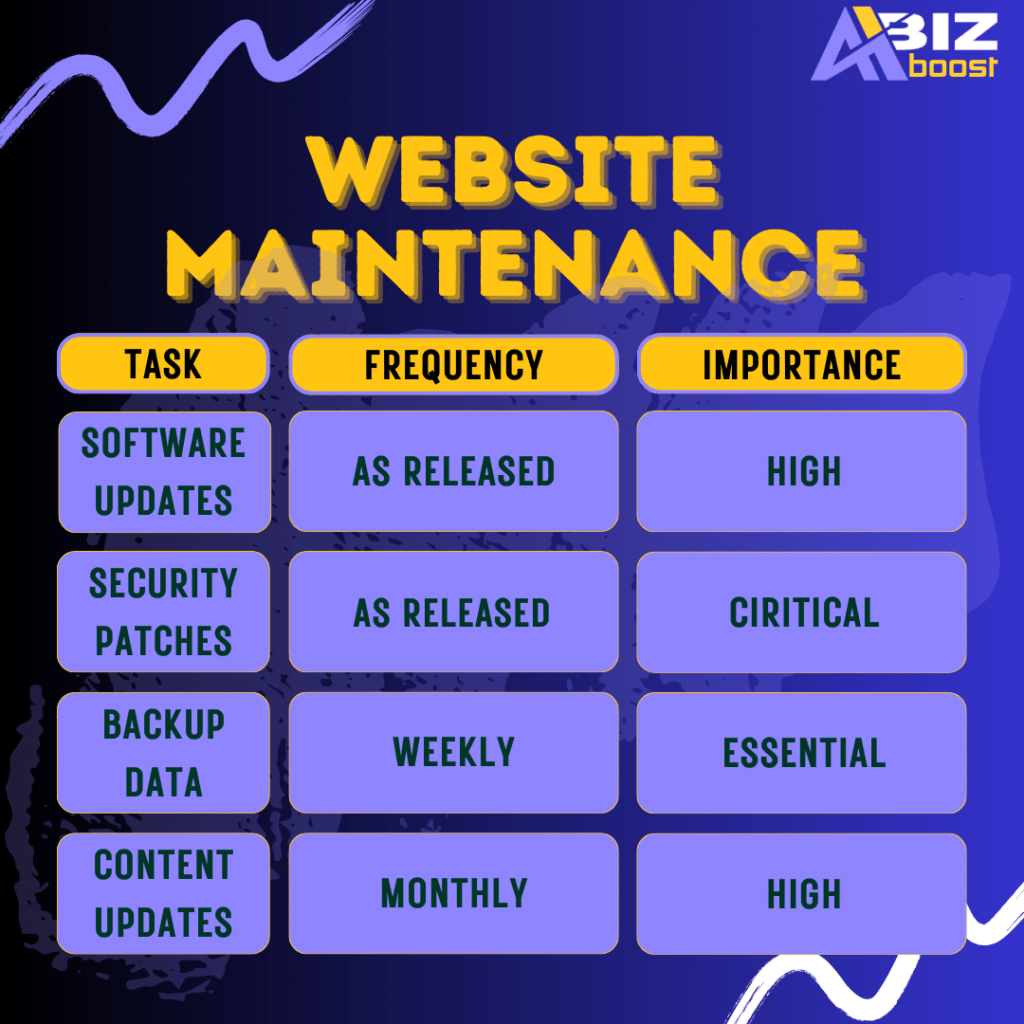
Website maintenance isn’t just about applying security patches; it’s about ensuring your site remains a dynamic and engaging platform. Regular updates keep your content fresh, encouraging visitors to return. Addressing technical issues promptly prevents minor problems from escalating into disasters that could significantly impact your site’s performance and, by extension, your passive income.
Moreover, backup data regularly is your safety net. In the event of data loss or a security breach, having up-to-date backups is vital for disaster recovery, minimizing downtime, and preserving your site’s integrity.

About Page: Telling Your Brand Story
Your About Page is a vital tool for telling your brand’s story, connecting with your audience, and establishing trust and credibility. It’s the cornerstone of your website and social media page, where you can share your background, expertise, and values in a way that resonates with your own community of visitors. Crafting a compelling About Page requires a blend of personal touch and professional insight, making it a key element in your online business foundation.

To really create a website with an About Page that truly stands out, consider incorporating:
- Professional Images and Videos: High-resolution images and videos provide a visually captivating experience for visitors. Simply add a variety of shots showcasing your team, workspace, or behind-the-scenes moments that will create an engaging narrative and make a simple website stand out.
- Biography: This humanizes your brand, making it more relatable. Your bio should succinctly convey your professional journey, highlighting how your experiences equip you to serve your audience community.
- Your Achievements and Expertise: Differentiate yourself by detailing your accomplishments and areas of expertise for the services you provide. This not only bolsters your credibility but also reassures visitors of the value you offer.
- Testimonials: Integrating client testimonials or success stories adds another layer of trust, showcasing real-life examples of how your services or products have benefited others.

Establishing Daily Website Back-up
While crafting an engaging About Page forms the cornerstone of connecting with your audience, ensuring the security and integrity of your website through daily backups is equally critical for safeguarding your online presence. In today’s digital landscape, cyber threats loom large, and data protection has never been more paramount. Establishing daily backups for your website is a proactive measure that shields your online business from unforeseen technical issues and website crashes.
Implementing an automated backup strategy isn’t just about preventing data loss; it’s about ensuring business continuity. Daily backups serve as a fail-safe, allowing you to restore your website quickly and efficiently, minimizing downtime and maintaining your online presence. This level of data protection is essential for any online business looking to innovate and stay ahead of potential cyber threats.
Moreover, adopting a robust backup strategy is critical. It’s not just about having backups; it’s about having them regularly, ensuring they’re up-to-date and can be restored swiftly when needed. Remember, in the realm of online business, being prepared for technical issues isn’t just advisable; it’s a necessity to ensure your website remains operational and secure against all odds.

Implementing E-commerce Solutions
Implementing e-commerce solutions is essential for transforming your website into a dynamic sales platform, enabling direct product or service transactions with customers. To kickstart your ecommerce business, it’s crucial to integrate a seamless online store with integrated marketing and social tools. This integrated marketing tools not only amplifies your sales performance but also provides invaluable insights into customer behavior through analytics.
Here’s a quick guide to visualize the transformation:
- Integrate Payment Gateways: Incorporate secure payment gateways like PayPal and Stripe. This ensures that all transactions on your site are safe, building trust with your customers.
- Customize Your Product Listings and Shipping Methods: Leverage customization options to create detailed product listings that resonate with your target audience. Additionally, offer various shipping methods to cater to different preferences, enhancing the customer experience.
- Analyze and Adapt Using E-commerce Analytics: Dive deep into analytics to understand sales performance and customer behavior. This data is gold, helping you tweak your approach for better results.

Enhancing Site Security
To significantly bolster your website’s defense against cyber threats, it’s essential to implement SSL encryption and regularly update your CMS, plugins, and themes. This ensures that data transmission remains secure, preventing hackers from intercepting sensitive information. Moreover, applying security patches promptly shields your website from known vulnerabilities, making it less susceptible to attacks.
Investing in a robust firewall further fortifies your web site by scrutinizing incoming traffic, effectively blocking potential threats. Establish strong passwords and enable multi-factor authentication for an added layer of security, safeguarding access to your website’s backend.
Conducting regular security audits is a proactive measure that can’t be overlooked. These audits help in identifying and rectifying any security weaknesses before they can be exploited. Remember, a secure website isn’t just about protecting your data but also about maintaining the trust of your visitors. Implementing these strategies demonstrates a commitment to safeguarding user information, enhancing your website’s credibility.
In today’s digital age, taking these steps to secure your website isn’t just advisable; it’s imperative. As you strive to build a passive income online business, remember that a secure foundation is key to long-term success and innovation.

Create A Website Optimized for Mobile Users
Given the fact that over half of all web traffic is now mobile, optimizing your website for mobile users is essential for enhancing user engagement and improving your SEO ranking. Selecting a website builder that supports mobile optimization is your first step toward crafting a user-friendly online presence. Responsive design ensures your site adapts seamlessly to various screen sizes, providing an optimal user experience across all devices.
To vividly illustrate the importance of mobile optimization, consider these key strategies:
- Implement Responsive Design: Ensure your site’s layout adjusts smoothly to fit the screen of any device, from smartphones to tablets, enhancing navigation and readability.
- Optimize Load Times: Mobile users expect quick access. Optimize images, leverage browser caching, and minify code to speed up your site, reducing bounce rates and boosting user engagement.
- Simplify Navigation: Streamline your site’s menu and layout for touchscreens, ensuring users can easily find what they’re looking for with minimal taps.

Conversion Rate Optimization Considerations
After optimizing your website for mobile users, it’s crucial to focus on how you can improve conversion rates to maximize the effectiveness of your online presence. Conversion rate optimization (CRO) is all about understanding user behavior and leveraging that knowledge to encourage more visitors to take the desired action on your website.
Start by analyzing how users interact with your site. Implementing heatmaps can provide a visual representation of where visitors click most often and how far they scroll. This insight allows you to optimize website design, ensuring that call-to-action buttons are placed where they’re most likely to be noticed and clicked.
A/B testing is another powerful tool in your CRO arsenal. By creating two versions of a page and comparing their performance, you can identify which elements—be it compelling content, layout, or checkout processes—resonate best with your audience.

Create A Website Optimized for Performance
Optimizing your website’s performance significantly enhances user experience, leading to higher conversion rates. As you aim to build a successful online business, focusing on the technical aspects of your website can pave the way for a smoother user journey and ultimately, more revenue.
Here’s how you can optimize your site for peak performance:
1. Implement Image Optimization:
Reduce page load times by compressing images without sacrificing quality. This ensures your website loads quickly, keeping visitors engaged rather than waiting.
2. Utilize Caching Mechanisms:
Store copies of files so that they can be served faster upon subsequent visits. Caching reduces the load on your server and speeds up the site for your users, making their experience seamless.
3. Minify CSS and JavaScript Files:
Streamlining the code by removing unnecessary characters can significantly improve loading times. This step ensures your website’s functionality doesn’t get bogged down by bulky files.
Regular performance audits are crucial in identifying areas for improvement. By continuously monitoring and optimizing your website for performance, you’re not just enhancing the user experience but also boosting your site’s conversion rates. Remember, a fast and efficient website is key to retaining visitors and converting them into customers.

Create a Website that Ranks on Search Engines
To rank your website higher on search engines, you’ll need to master SEO strategies, focusing on keyword research and on-page optimization. Utilizing a free website builder that integrates SEO tools can simplify this process, allowing you to focus on creating high-quality content that resonates with your audience. Additionally, building backlinks from reputable sources will boost your search engine rankings by establishing your site’s authority.
Optimizing for website speed and ensuring mobile responsiveness are critical for maintaining a positive user experience, which, in turn, influences your organic traffic. Don’t overlook the importance of regularly checking your website analytics. This data provides invaluable insights, allowing you to refine your strategies for better performance.
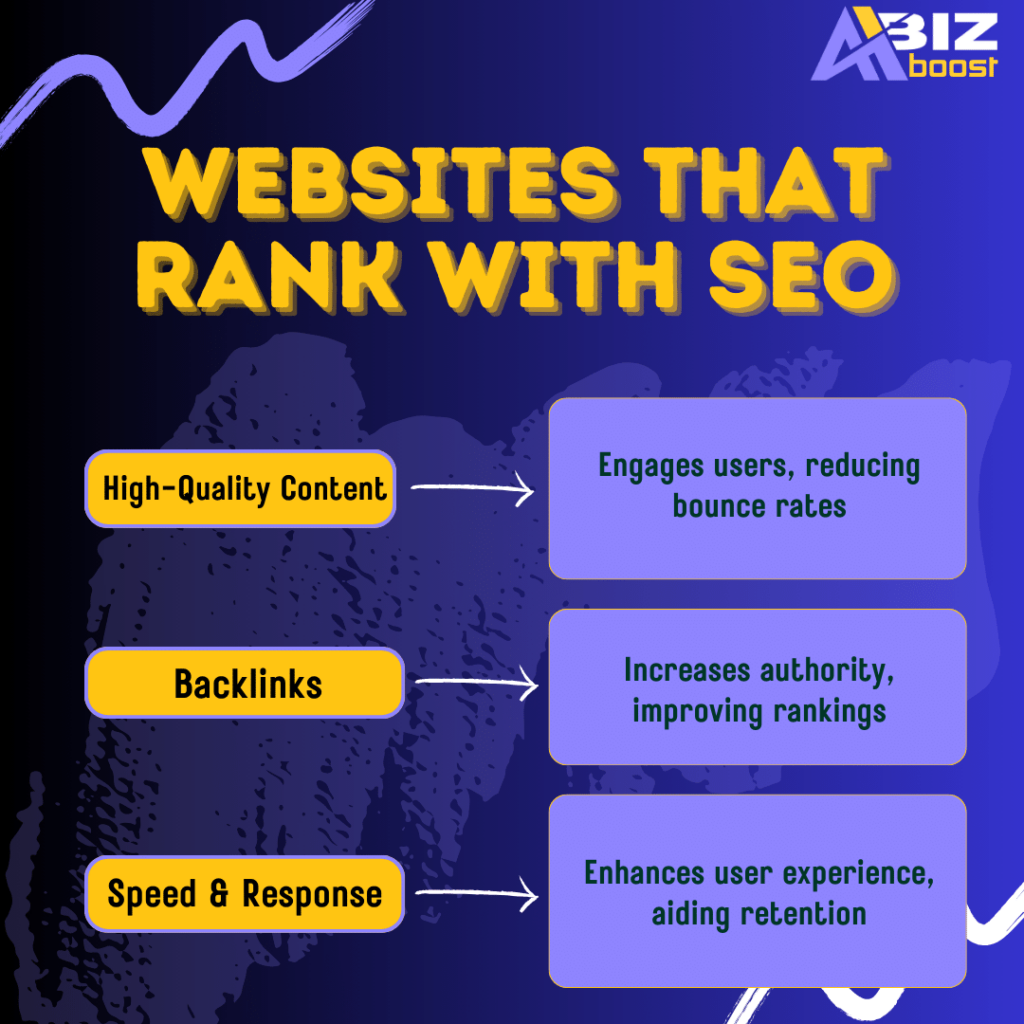
Innovative SEO practices are essential for anyone aiming to succeed in the competitive digital space. By prioritizing these elements, you’re laying a solid foundation for your website to not only rank well on search engines but also to captivate and retain your target audience.

How to Build a Website: Frequently Asked Questions (FAQs)
How Do I Create a Passive Income Website?
To create a passive income website, you’ll need to choose a niche, produce engaging content, optimize and publish your websites for SEO, and monetize through methods like affiliate marketing. Stay innovative and continuously update for the best results.
How Do I Set up a Money Making Website?
To launch a money-making website, you’ll dive into the digital ocean, selecting a niche that’s both profitable and engaging. Focus on SEO, engaging content, and user experience to attract and monetize your online audience effectively.
How do I select the perfect domain name for my website?
Choosing a domain name involves considering relevance to your brand or logo, ease of recall, and avoiding trademarked terms or hyphens. Incorporating keywords smartly into domain name can also enhance your SEO efforts.
What should I look for in a hosting service?
Prioritize security features, scalability options, user-friendly control panels, and one-click installation features. These factors ensure your website is secure, easily manageable, and can grow with your business.
How can I ensure my website design is effective?
Focus on responsive design, user experience, and accessibility considerations. These elements are crucial for making your site accessible, engaging, and SEO-friendly.
Why is WordPress a recommended platform for building a website?
WordPress offers flexibility, a user-friendly interface, and a vast library of themes and plugins, making it suitable for beginners and professionals aiming to easily customize it for an SEO-friendly website.
How do I choose between different website builders?
Evaluate ease of use, customization options, templates, and pricing. Platforms like Wix and Squarespace sites offer drag-and-drop interfaces and a variety of customizable templates to cater to different needs.
What are the key steps in planning my website structure?
Start with drafting wireframes and create sitemaps to visualize the layout and organization. Incorporate SEO-friendly URLs and internal linking to other community websites to enhance navigation and search rankings.
How can I customize my website template to match my brand?
Utilize drag and drop features of free website builders to easily create and customize templates for websites, ensuring your site reflects your brand identity through colors, layout, logo and content.
What are essential plugins for optimizing my website?
Consider plugins like Yoast SEO for search engine optimization and WP Rocket for improving website speed. Security plugins like Sucuri are also vital for protecting your site.
How do I maintain and update my website regularly?
Engage in routine software updates, apply security patches, backup data regularly, and update content to keep your site fresh, secure, and engaging for visitors.
What strategies can enhance my website’s SEO and rank it higher on search engines?
Implement keyword research, on-page optimization, and build backlinks. Ensure your domain and website is fast and mobile-friendly to improve user experience and search engine rankings.

Conclusion
In weaving your own text digital tapestry, each thread—from your niche brand to the seamless web design—binds your vision of financial freedom.
You’ve laid the foundation, selecting a custom domain name, hosting service, and meticulously planning for mobile optimization and SEO brilliance.
Remember, your website isn’t just a platform; it’s the cornerstone of your passive income empire. Keep optimizing, keep innovating.
Your future isn’t just built on code and content but on dreams turned into reality. Dive deep, the digital ocean awaits.

